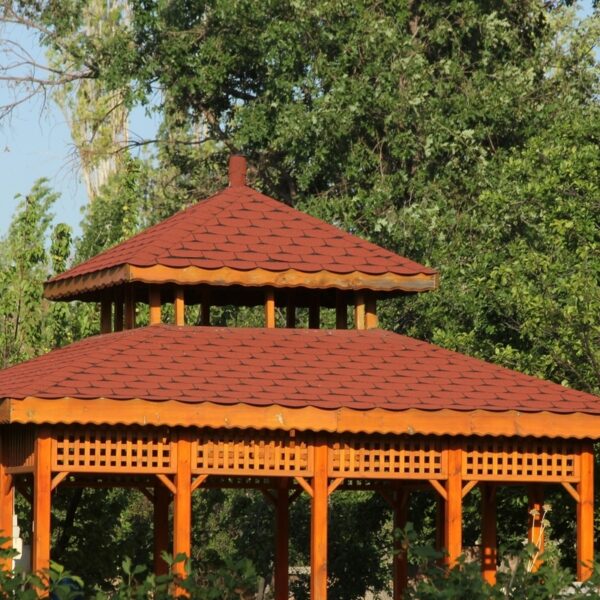Understanding Pergola Costs A Comprehensive Guide
A pergola is a stylish and functional addition to any outdoor space, providing both shade and a touch of elegance to gardens, patios, and terraces. Whether you’re looking to enhance the aesthetic appeal of your home or create a cozy outdoor nook, understanding the costs associated with building or installing a pergola is crucial. This comprehensive guide will break down the various factors that influence pergola costs, providing you with a clear picture of what to expect and how to budget for your project.

Types of Pergolas and Their Costs
The cost of a pergola varies widely depending on its type, size, materials used, and installation complexity.
1. Wooden Pergolas
– Description: Made from various types of wood such as cedar, redwood, or pressure-treated pine.
– Cost: $2,000 to $5,000 for a standard size (approximately 10 x 10 feet).
– Considerations: Wood pergolas offer a classic and natural look but may require regular maintenance to prevent rot and insect damage.
2. Vinyl Pergolas
– Description: Constructed from durable vinyl material, often designed to mimic the appearance of painted wood.
– Cost: $1,500 to $4,000.
– Considerations: Vinyl pergolas are low-maintenance and resistant to peeling, cracking, and fading, making them a long-lasting option.
3. Aluminum Pergolas
– Description: Made from lightweight yet sturdy aluminum.
– Cost: $1,200 to $3,000.
– Considerations: Aluminum pergolas are rust-resistant and require minimal maintenance, ideal for humid or coastal environments.
4. Steel Pergolas
– Description: Built from galvanized or stainless steel for enhanced strength.
– Cost: $3,000 to $6,000.
– Considerations: Steel pergolas are extremely durable and offer a modern, industrial look but may be more expensive to install due to their weight.
Additional Cost Factors
Apart from the primary material and type, several other factors can influence the total cost of your pergola:
1. Size
– Larger pergolas will naturally require more materials and labor, increasing the overall cost. Custom sizes may also lead to higher expenses.
2. Design Complexity
– Intricate designs with custom features like curved beams, decorative elements, or built-in seating will add to the cost.
3. Location
– The installation site can impact costs, particularly if the ground needs leveling, or if there are obstacles like trees or existing structures.
4. Labor Costs
– Hiring professional contractors will add labor costs, typically ranging from $500 to $2,000 depending on the complexity of the project and local labor rates.
5. Additional Features
– Extra features such as retractable canopies, integrated lighting, or plant-hanging structures can add considerably to the overall cost.
DIY vs. Professional Installation
While DIY pergola kits are available and can save on labor costs, they might not be suitable for everyone, especially those without woodworking or construction experience. DIY kits typically range from $1,000 to $3,000, depending on the material and size. However, hiring professional contractors ensures proper installation, adherence to local building codes, and often includes a warranty for the workmanship, giving you peace of mind.
Maintenance and Long-Term Costs
Maintenance varies depending on the pergola material. Wooden pergolas, for example, may need staining or sealing every couple of years, while vinyl and aluminum options require minimal upkeep. Factoring in these long-term maintenance costs is essential for budgeting accurately.
Investing in a pergola can significantly enhance your outdoor space, providing both functionality and aesthetic appeal. Understanding the various factors that influence pergola costs—from material and size to installation and maintenance—will help you make informed decisions and budget accordingly. Whether you opt for a classic wooden pergola or a sleek aluminum design, careful planning and consideration of all cost aspects will ensure that your outdoor project is both beautiful and cost-effective.
By thoroughly evaluating your needs, preferences, and budget, you can create an outdoor retreat that adds value to your home and provides a perfect space for relaxation and enjoyment.





